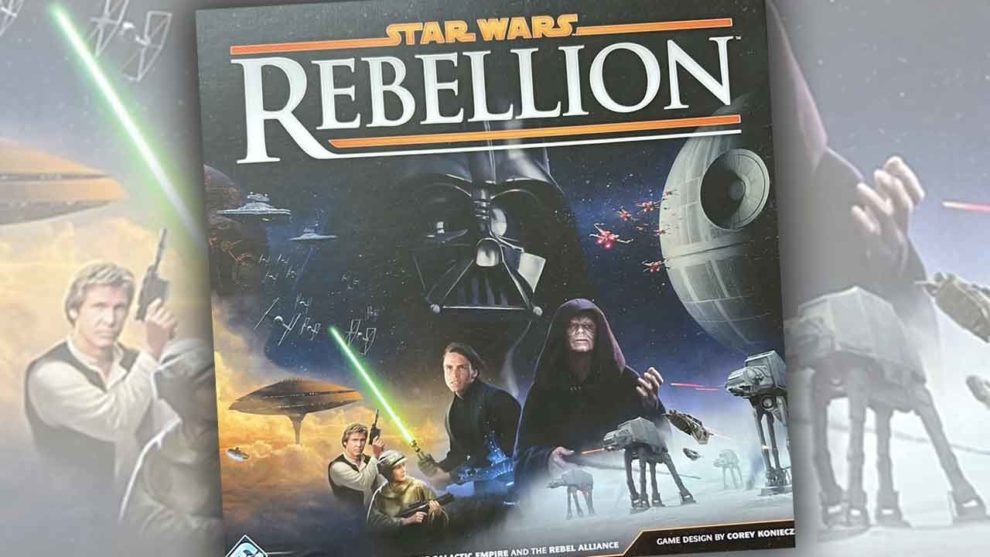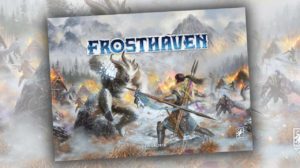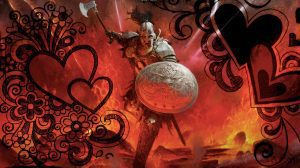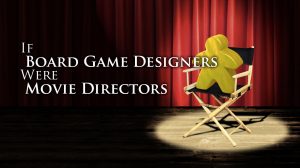Star Wars is one of the most beloved movie franchises ever made. To date, there have been eight feature films, not to mention loads of cartoons, comics, books, and expanded universe content. Star Wars is a powerhouse intellectual property that sells millions of toys, clothes, and merchandise each year. As such, the Star Wars license is fertile ground for apparent cash-grabs disguised as board games. Star Wars Monopoly, Star Wars Clue, Star Wars Tatooine Twister, Star Wars Jedi Force Jump Hopscotch, Star Wars Don’t Wake “Luke, I am your” Daddy, Star Wars Obi-Uno Kenobi, the possibilities are endless.
Being a moderate fan of the franchise and an enormous fan of hobby games, it is with great trepidation and wariness that I approach a board game with the Star Wars brand. Is it more than just an ordinary game with the Star Wars license slapped on it? Can it truly tap into the feeling of the franchise? Is the game truly about Star Wars? I’m happy to report that Star Wars: Rebellion not only fits the theme, it NAILS it.
Star Wars: Rebellion is a 2-4 player asymmetrical tactical strategy game set in the universe of the original trilogy that pits the Rebellion against the Empire. Make no mistake, Star Wars Rebellion is an epic game, both in its scope and its size. The game comes with two full-size game boards that encompass the entire Star Wars galaxy, from Alderaan to Yavin. (as well as my entire dining room table).
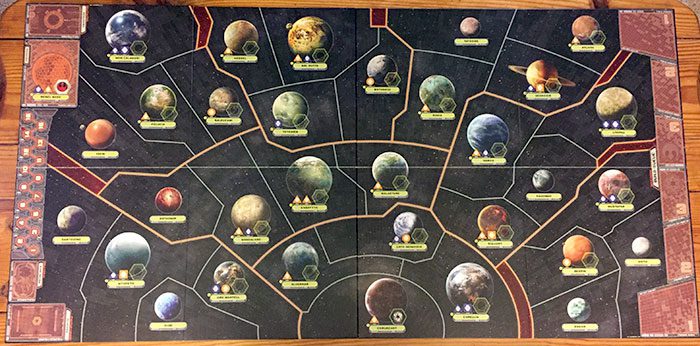
The games comes complete with loads of miniatures: X-wings, TIE fighters, star destroyers, AT-ST and AT-AT’s, even three different Death Stars. (one of them uncompleted that you may find is “fully operational.”)
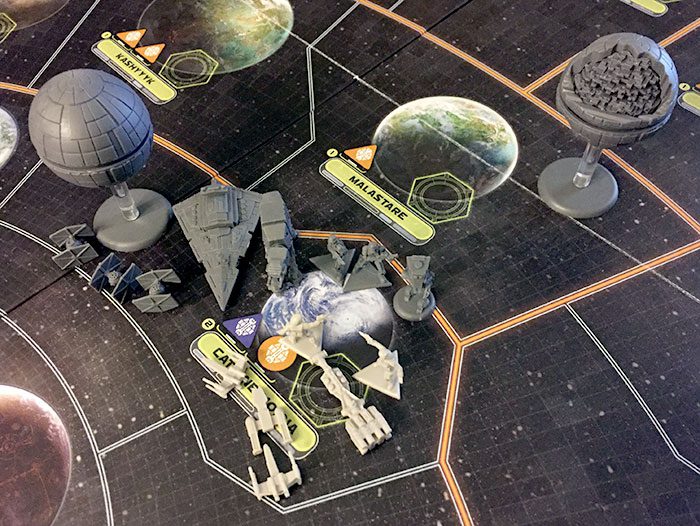
You might think that with all these miniatures that Star Wars Rebellion is just another Ameritrash-style dice-chucker war game, but you’d be sorely mistaken. While dice-based combat is a part of the game, the game is as much about strategy and deduction as it is combat tactics. Let’s take a closer look at the gameplay.
How To Play Star Wars: Rebellion
While there is certainly a lot going on in Star Wars Rebellion, the bulk of the gameplay revolves around the “leader” system. Each player starts with four leaders, but will have the opportunity to recruit more on successive turns. These leaders are famous characters from the original Star Wars trilogy, like Darth Vader, Han Solo, Boba Fett, etc.
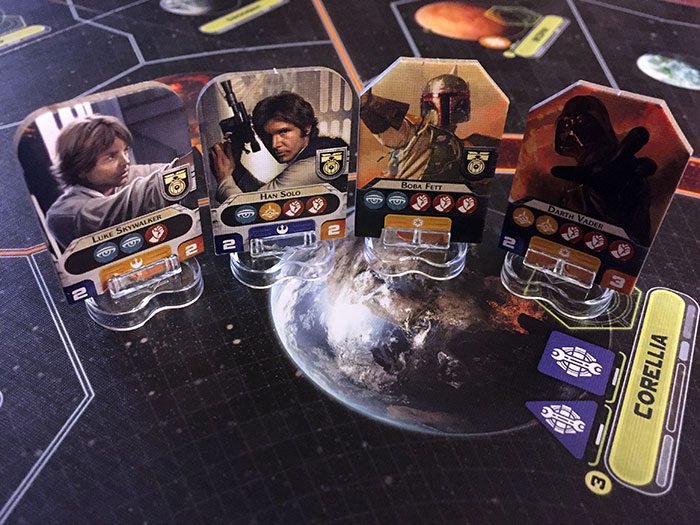
Leaders are used to either achieve specific missions, counter opposing player missions, or move troops across the board. At the beginning of each round, each player secretly either assigns their leaders to missions chosen from their hand of mission cards or leaves them in their “leader pool” to be used for moving troops or countering opposing missions. Once a leader has been assigned to a mission, it cannot be used for anything else that round.
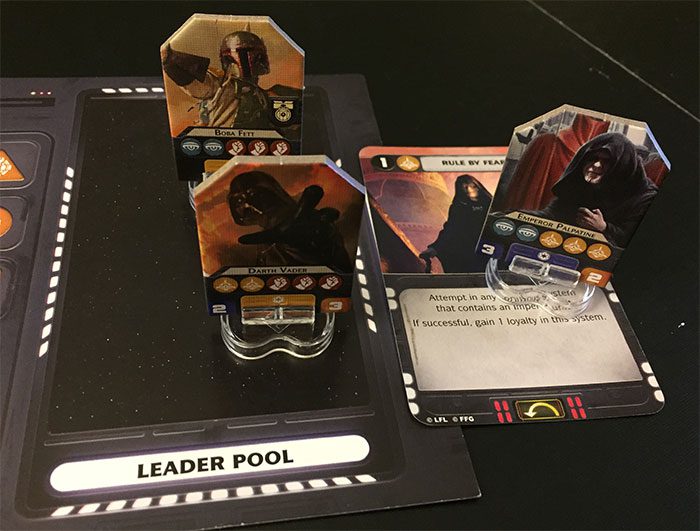
Each mission has a specific skill required to attempt it, be it diplomacy, intel, special ops, or logistics. In order to attempt a mission, the leader(s) assigned to the mission must collectively meet those skill requirements. For example, you cannot send Chewbacca to “Establish Trade Relations” because while Chewbacca excels at special ops (fighting), he’s not exactly very diplomatic.
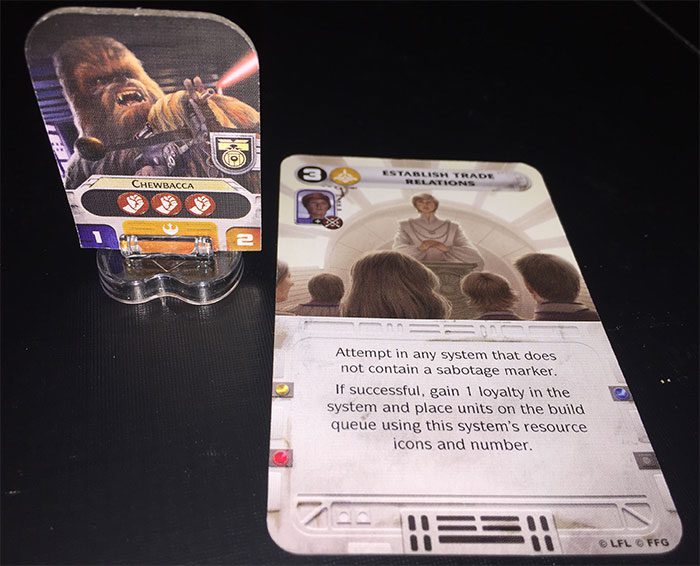
After each player has secretly assigned their leaders to whichever missions they want to attempt this round, players take turns revealing their missions and activating leaders. Whenever a player attempts a mission with one of their leaders, the opposing player can send one leader from their available leader pool to oppose it if they possess the requisite skills needed, for example, sending Han Solo to counter Boba Fett’s attempt to “Capture Rebel Operative”
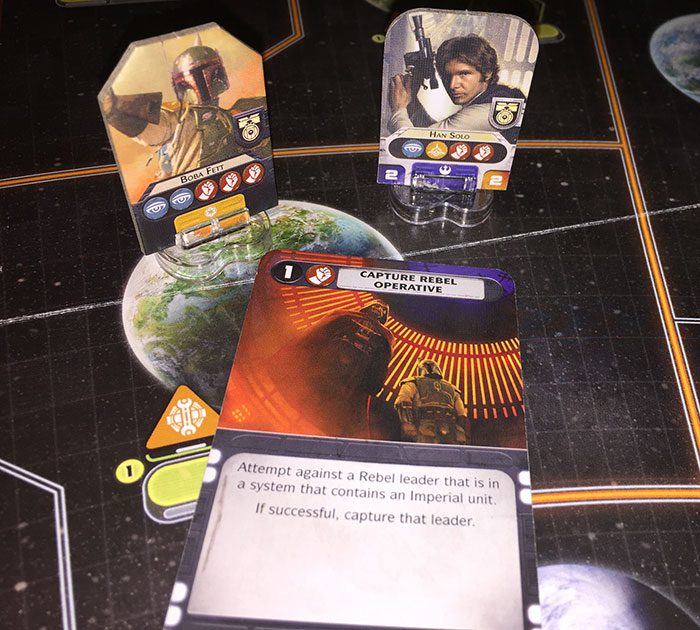
If a mission goes unopposed, it automatically succeeds, and the player reaps the rewards listed on the card. Some missions will also specifically say “resolve” as opposed to “attempt.” These missions cannot be opposed. When a mission is opposed, players roll dice matching the number of the appropriate icons their leaders have in the specified mission skill. The player attempting the mission must roll more ‘hits’ than the opposer, with the ‘double lightsaber’ face counting as two hits.
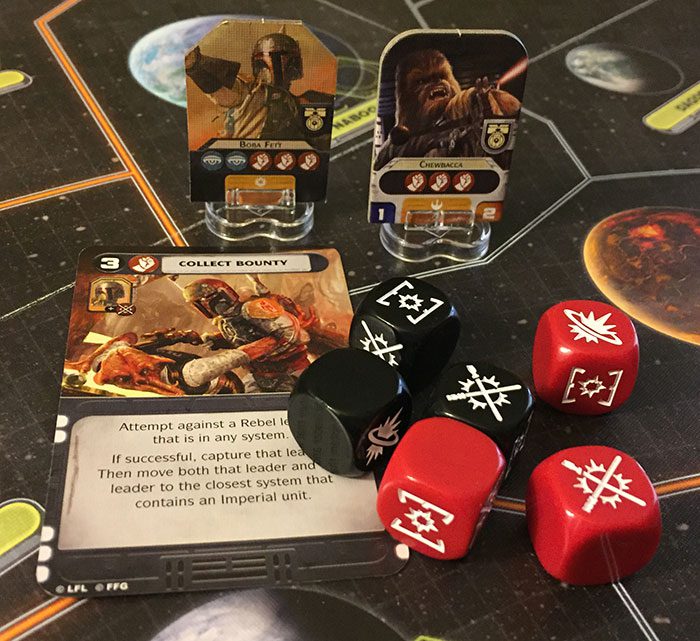
Moving Troops in Star Wars: Rebellion
Leaders are also needed in order to move forces across the galaxy. In order to move troops, a player places that leader in a specific system, then moves any number of their forces in adjacent systems to that system. Each side has both ground units and space units. True to form, in order for ground units (or TIE fighters, which don’t have hyperspace capability) to move from planet to planet, they’ll need to be transported by a larger ship that can carry them. The larger the ship is, the more units it can take with it. For example, a Super Star Destroyer can carry two more troops than a regular Star Destroyer. (indicated by the number in the bottom left of the ship icon).
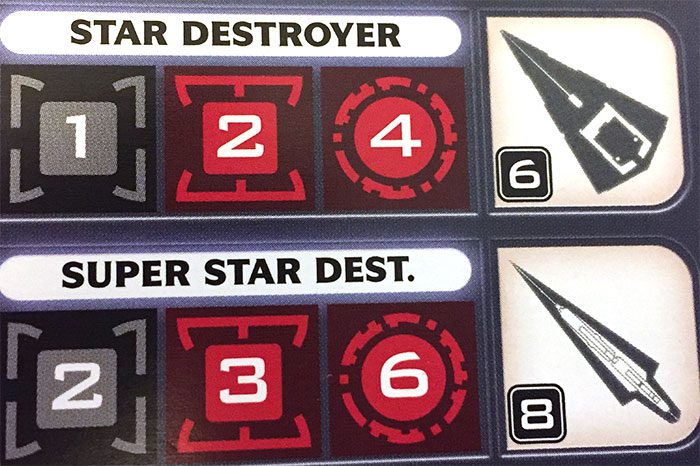
Once each player has used all of their leaders to achieve missions or move troops, the round is completed and they enter the refresh phase. All leaders are returned to their respective leader pools and each player draws two new mission cards. A few faction-specific actions (which I will get to in a bit) also take place, the time marker is advanced, and any available new units can be deployed. Let’s take a look at how units are obtained.
Production
Some rounds will involve building new units. Each populous planet is capable of producing units indicated by icons that correspond to specific units on the player board. Planets capable of production will produce units depending on its current loyalty. For example, a Rebel planet with a blue triangle may produce an X-wing, while an Empire planet with the same symbol would produce a TIE fighter.

Units are placed on space 1, 2, or 3 of the building queue according to the indicated planetary marker. This signifies the number of rounds before those units are available to be deployed. During the refresh phase, any units currently on the “1” space can then be deployed, while all the other units get shifted down in the queue. A player’s new units can be deployed to any planet currently loyal to them that doesn’t currently have any enemy units or where production hasn’t been sabotaged by those pesky rebels.
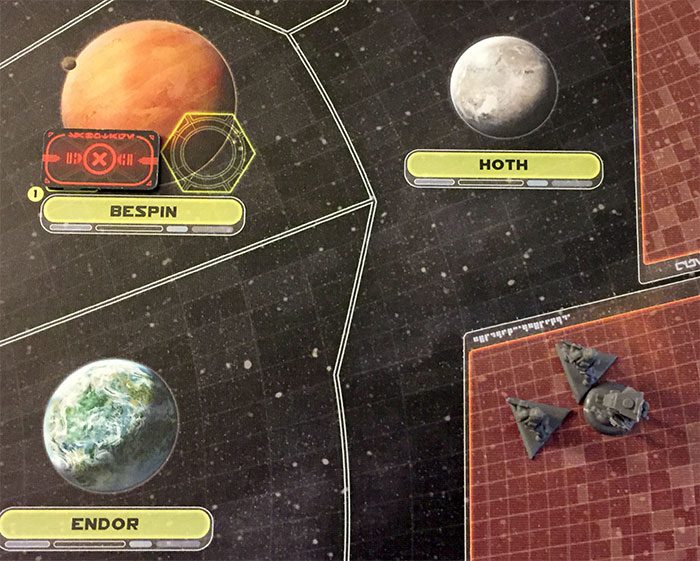
How to Win Star Wars: Rebellion
I mentioned some faction-specific actions earlier. Before I get into those, we’ll need to take a look at the two sides. This is an asymmetric game, meaning that each side plays the game differently. In Star Wars Rebellion, even the victory conditions are asymmetric. The Rebellion wins whenever the turn marker and the Rebel influence marker meet.
![]()
Rebel influence is gained by achieving specific objective cards, for instance, having Rebel loyalty in at least six systems or blowing up the Death Star. The Rebel player draws one new objective card each round as a part of the refresh phase. Many of the Rebel missions involve manipulation of this objective deck, as the really valuable objectives start out towards the bottom of the deck.
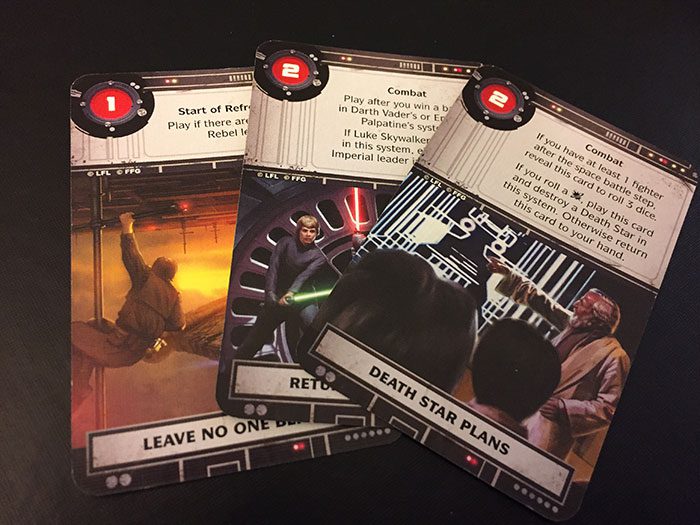
The Empire player wins by simply finding the Rebel base and destroying it. At the beginning of the game after the initial setup, the Rebel player will choose one planet card from the “probe deck” to serve as the hidden rebel base. The probe deck consists of every planet on the board with the exception of Coruscant and the other starting Empire systems. They will keep this card for the remainder of the game, (unless they choose to relocate their base), then shuffle the probe deck and give it to the Empire player.

During each refresh phase, the Empire player gets to “launch probe droids” by drawing two cards from the probe deck. This will help the Empire player to slowly but surely narrow down where those dirty Rebels are hiding.
The first few rounds will also direct you to recruit new leaders, done so by drawing two cards from a faction-specific deck, and choosing which leader to recruit. Each leader will come with a one-time special ability that can be triggered at the appropriate time indicated on the card.
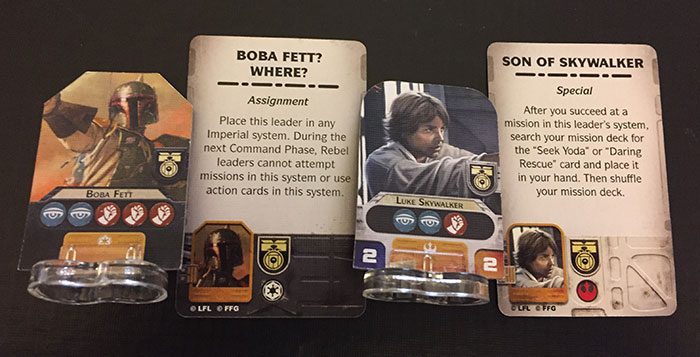
Combat
Of course, it wouldn’t be Star Wars without some epic battles. Whenever a player enters a system with enemy forces, combat is triggered. First, any space battles are resolved, followed by ground battles. The combat system is a little complex, so I won’t go too in depth into it. Essentially, players roll dice according to what ships/units are attacking and using tactic cards gained by participating leaders. For more information on how combat works, check out this great video by Q and A gaming (particularly around the 16:35 minute mark).
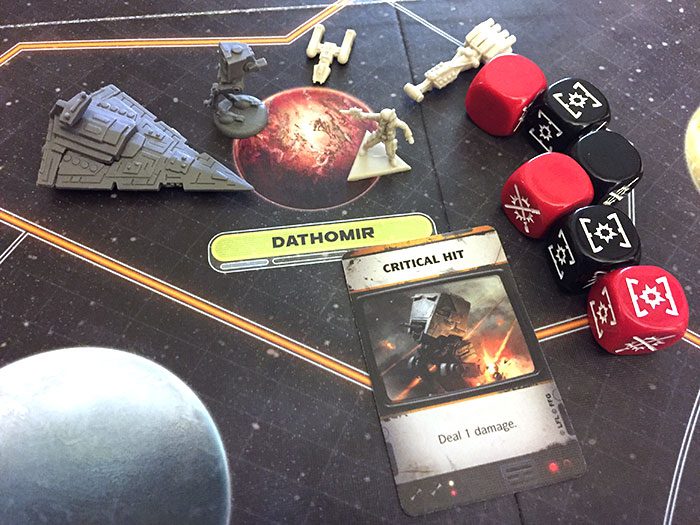
What I Dislike about Star Wars: Rebellion
Playtime: This game is ambitiously epic in its size, scope, and play. You can expect a first-time game of this to take at least 3-4 hours. However, unlike some other long games, Star Wars Rebellion never feels like it overstays its welcome. It has an excellent pacing, and it never seems to take as long as it does because you are consistently mentally engaged.
Player count: While the game says 2-4 players, it is really just a 2-player game. The team variant just divides each turn in half, with each player just playing half of a turn.
Combat: While I have no issue with dice-based combat, the way that this game goes about it can get convoluted and over-complicated. I understand the design choices, but I just wish that the combat was more streamlined. Fortunately, combat is almost an afterthought. The bulk of the game is the strategic planning, deduction, and the cat-and-mouse game between the Rebellion and Empire. A skilled Rebellion player will slyly avoid combat most of the time.
What I Like about Star Wars: Rebellion
Theme: Wow! Where do I begin? This game NAILS the theme of Star Wars. When playing as the Rebels, you instantly feel outnumbered and outmatched. When playing as the Empire you command massive forces, but are subject to the guerilla warfare tactics of the pesky Rebels. The missions are incredibly thematic, from sending Luke Skywalker to train with Yoda on Dagobah, to Darth Vader capturing and interrogating Princess Leia. The twist is that you don’t have to directly follow the movie script. I’ve had games where Wedge blew up the Death Star, Chewbacca got turned to the Dark Side, Leia became a Jedi, Boba Fett captured Admiral Ackbar, etc. You get to essentially create your own Star Wars alternate history using all of your favorite iconic Star Wars characters.
Choices: It’s said that a good strategy game involves difficult decisions. The leader system does this exquisitely. Which leaders do you send out on missions? Which do you hold back to counter your opponent or command forces? Where do you want to hide the Rebel base? Where should you deploy and move your forces? The choices are incredibly difficult and brain-burning You’re constantly trying to anticipate and outguess your opponent. This game keeps you mentally engaged from beginning to end.
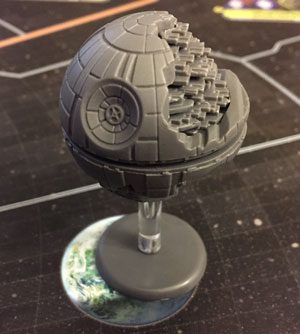
Components: The boards are massive, but well designed. The iconography, though it takes a while to grasp, makes sense and is easily identified. The miniatures are well-designed and of good quality. While the game would certainly work with just cardboard chits, there’s something incredibly satisfying about moving fleets of ships, battalions of ground troops, and of course that incredible Death Star.
Final Thoughts:
This game is amazing. It is the Star Wars game that I’ve been waiting for, the one that puts me squarely into the universe and makes me feel like I’m a part of it. The thematic elements are off the charts, and the gameplay is incredibly rewarding. While the combat could be a little streamlined and the listed player count is somewhat disingenuous, this is an awesome game that I can’t ever see leaving my collection. Even with its 3-4 hour playtime, I’ve still gotten in twelve plays of this game. In short, if you’re a Star Wars fan or even just a fan of well-designed tactical games, these are the droids you’re looking for.
BUY THIS GAME.


